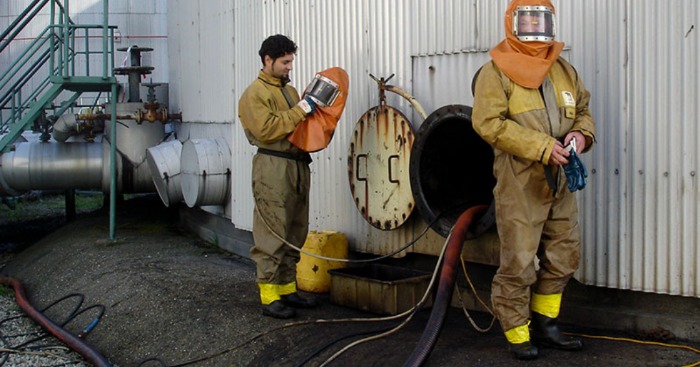This article explains how modern diesel emissions systems work, why they matter, and lawful, dependable ways to resolve common faults without resorting to bypasses or tampering.
Why AdBlue and NOx Systems Exist
Selective Catalytic Reduction (SCR) uses AdBlue (DEF) to reduce harmful nitrogen oxides (NOx) into harmless nitrogen and water. The system relies on:
- AdBlue tank, pump, heater, and lines
- NOx sensors (upstream and downstream)
- SCR catalyst and ECU software controls
When maintained correctly, the vehicle meets emissions standards, avoids excess soot/NOx, and preserves fuel economy and engine longevity.
About the “Delete” Conversation
You may see phrases such as Adblue Delete, Leicester Adblue Delete, Nox Delete, Peugeot Adblue Delete, and Mercedes Adblue delete in forums or ads. It’s crucial to understand the implications before considering any irreversible modification.
Potential Consequences of Bypass/Tamper Mods
- Regulatory: MOT/inspection failure, fines, and possible roadside enforcement issues
- Insurance and warranty: Policy invalidation and denied claims; manufacturer warranty concerns
- Resale value: Reduced marketability and higher risk for future buyers
- Vehicle performance: Unexpected drivability issues, limp mode triggers, DPF stress
- Environmental and health impact: Elevated NOx output with local air-quality consequences
Legally Resolving AdBlue and NOx Faults
- Professional diagnostics: Read manufacturer-level fault codes and live data for pump duty cycles, injector rates, sensor voltages, and SCR efficiency.
- Sensor integrity checks: Verify NOx sensors and wiring; replace failed sensors with OEM-quality parts.
- AdBlue quality and supply: Drain contaminated fluid, flush lines, and refill with fresh, specification-compliant AdBlue.
- Heater and pump verification: Test tank heater and pump output; resolve crystallization or clogged dosing injectors.
- Software updates: Apply official ECU calibrations addressing known SCR and sensor logic issues.
- Exhaust health: Inspect for leaks before/after the SCR catalyst and confirm catalyst viability.
- Preventive maintenance: Regularly top up AdBlue, protect the filler from debris, and keep service intervals consistent.
When to Seek Help
Book a qualified technician if you notice:
- Dashboard warnings: AdBlue, engine management, or countdown-to-no-start messages
- Frequent top-ups with rapid consumption
- Strong ammonia-like odor near the exhaust
- Limp mode, reduced power, or poor fuel economy
FAQs
Is it legal to remove or bypass AdBlue or NOx systems?
In many regions, tampering with emissions controls is illegal and can lead to fines, inspection failures, and insurance issues. Check local regulations and keep systems intact.
Why does my NOx sensor fail so often?
Thermal stress, condensation, contamination, and wiring fatigue are common. High-quality parts and correct installation help extend service life.
Can poor AdBlue fluid cause faults?
Yes. Off-spec fluid or contamination crystallizes, clogs dosing equipment, and triggers faults. Use fresh, sealed, certified AdBlue and clean funnels/containers.
Will software updates really help?
Manufacturers frequently release calibrations that refine sensor diagnostics and SCR dosing logic. Updates can prevent repeat faults when paired with proper repairs.
How do I avoid repeat problems?
- Use reputable AdBlue and store it properly
- Follow service intervals; scan for codes proactively
- Fix exhaust leaks promptly
- Address related issues (DPF/air leaks) that can cascade into SCR faults
The Bottom Line
Keeping emissions equipment intact protects legality, reliability, and air quality. If your vehicle shows AdBlue or NOx errors, choose diagnostics-driven, lawful repairs rather than any form of bypass or tamper modification.



